China’s strategic approach to potential Trump return
- Update Time : Thursday, November 7, 2024
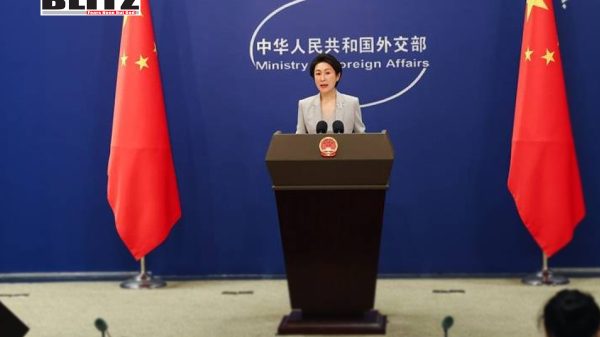
China has reiterated its commitment to working with the United States based on “mutual respect, peaceful coexistence, and win-win cooperation,” according to Foreign Ministry spokesperson Mao Ning. Her remarks come at a critical juncture as Donald Trump, the former US president, declared an early victory in the 2024 election, hinting at a potentially volatile future for Sino-US relations if he returns to office.
This commitment to steady diplomacy underscores China’s consistent approach to one of its most crucial relationships. However, it also comes in the face of serious challenges; Trump’s prior administration saw escalations in trade tensions, sanctions, and rhetoric that often brought the two countries to the brink of a full-scale trade war. With Trump signaling his intent to impose even harsher tariffs on Chinese goods, Beijing’s leadership is preparing to balance its economic interests and its desire for stable ties with the world’s largest economy.
In his previous term, Trump imposed sweeping tariffs on Chinese imports and often used aggressive language regarding trade imbalances, intellectual property disputes, and national security issues. Under the slogan “America First,” he framed China as a strategic competitor and led a trade war that saw tariffs on hundreds of billions of dollars’ worth of goods from both sides. Should Trump return, he has proposed tariffs on Chinese imports that could exceed 60 percent, and he has even floated the idea of ending China’s most-favored-nation trading status. Such measures would likely bring economic consequences for both nations and potentially shake global markets that are still grappling with post-pandemic recovery.
While China has adapted its policies to mitigate the impact of these tariffs, a second wave of intense trade restrictions would put further pressure on China’s economy, which is already showing signs of strain. Recent data reflects weakened consumer spending, with Chinese households adopting a more cautious approach as economic uncertainties linger. China’s leaders are well aware that exports to the US contribute over $400 billion annually to the economy, along with components and goods that are ultimately assembled in other countries and sold in the US market. Any severe disruptions in this flow could further exacerbate China’s economic slowdown, making stability in Sino-US relations even more essential.
Chinese analysts warn that Trump’s aggressive stance could present a serious challenge to a nation heavily reliant on exports as a growth engine. While China has been making strides to boost its domestic consumption and become more self-reliant, the economy still leans heavily on international trade, with the US being a primary customer. A trade war could deepen the stress on China’s $19 trillion economy, especially as the country deals with sluggish economic recovery.
A further concern is how China’s leadership perceives these challenges at a time of heightened geopolitical tension. The global economy is shifting, with countries like the US, the EU, and Japan looking to “de-risk” or reduce their dependence on Chinese goods. An escalation in tariffs would likely accelerate this trend, forcing China to consider its options for diversifying its trade partners and expanding its influence in markets like Africa, Latin America, and the Middle East.
The emphasis on “mutual respect” and “peaceful coexistence” in Mao Ning’s statement is not coincidental. By signaling a preference for diplomacy and cooperation, China is positioning itself as a rational actor amid a potentially turbulent period in US-China relations. This stance also aligns with China’s broader foreign policy of projecting itself as a stabilizing force in global affairs, despite what it perceives as erratic US policies.
Moreover, this rhetoric of “win-win cooperation” has become a hallmark of China’s diplomatic language, especially in situations where the potential for conflict is high. Analysts see this as an effort to reassure both domestic and international audiences that China is not seeking confrontation, even if Trump’s potential return could heighten trade hostilities. This approach has served China well in maintaining a sense of calm amid trade disputes, and Beijing appears prepared to rely on it again if Trump resumes his prior policies.
The road ahead may well be challenging. Trump’s potential policies could push China to accelerate its efforts toward technological self-sufficiency and trade diversification. The country has already made strides in developing its semiconductor industry and other critical sectors, with a long-term goal of reducing dependence on American technology. In the short term, though, Trump’s proposed tariffs and potential revocation of China’s trading status would create headwinds for China’s economic growth.
At the same time, China’s leadership may look to stabilize relations by strengthening diplomatic channels and bolstering ties with key US stakeholders, including businesses that rely on Chinese markets. The current relationship between the two countries is already complex, with cooperation in some areas like climate change and the recent cooling of tensions under the Biden administration. A Trump presidency could threaten this delicate balance, but China may seek ways to mitigate the impact by negotiating targeted trade agreements or seeking concessions through multilateral forums.
China’s focus on consistent principles like “mutual respect” and “win-win cooperation” demonstrates a strategy designed to handle a range of scenarios, from dialogue to intensified trade tensions. The Chinese government appears ready to adopt a pragmatic approach, recognizing that US-China relations are unlikely to see major improvements with Trump back in office but aiming to keep relations stable enough to prevent economic fallout
For China, the stakes are high, with economic resilience and geopolitical stability hanging in the balance. As both countries brace for a potentially adversarial relationship, Beijing’s approach reflects a calculated balance: signaling openness to cooperation while preparing for the economic realities of an intensified trade conflict. As the world watches, China’s response to these developments will be instrumental in shaping not only its economic future but also the trajectory of US-China relations in the years to come.


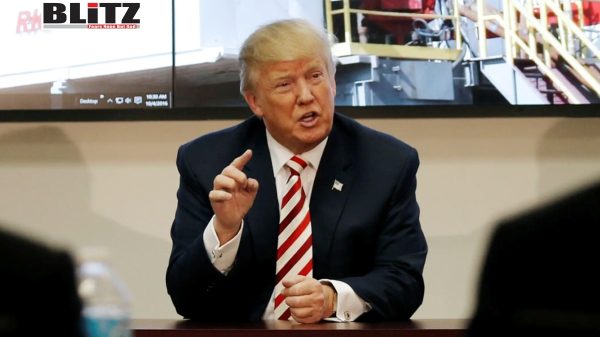
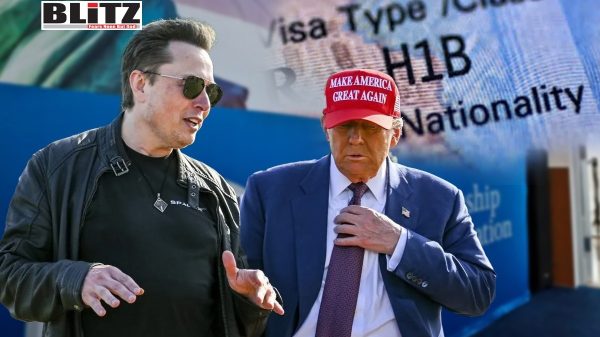
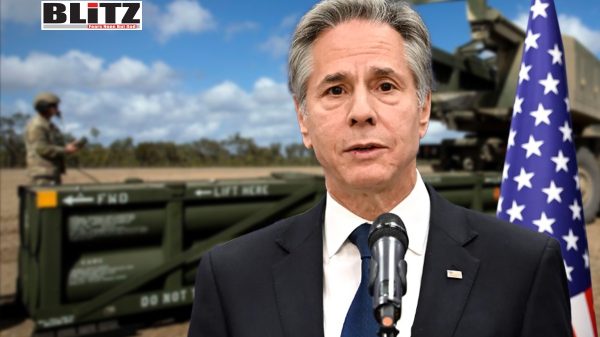


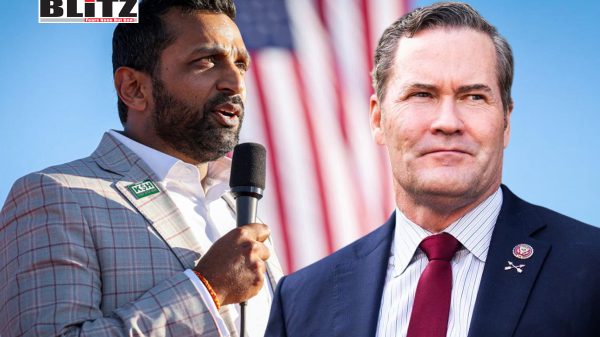

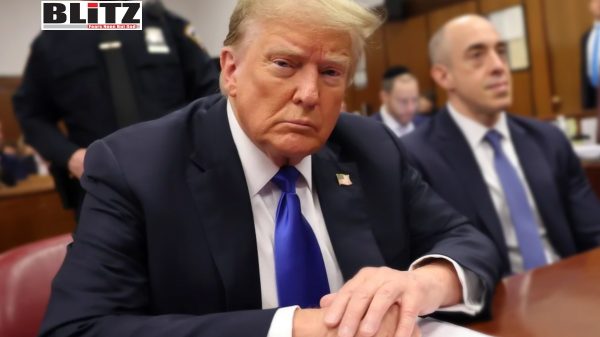


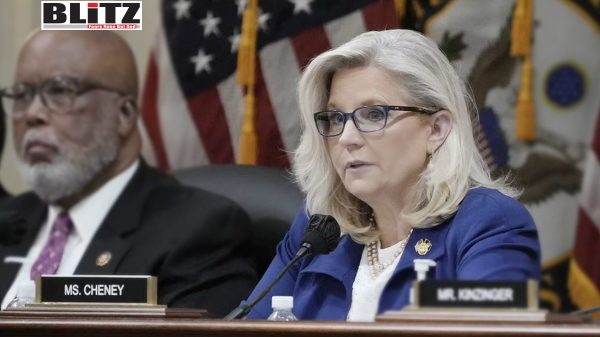


Leave a Reply